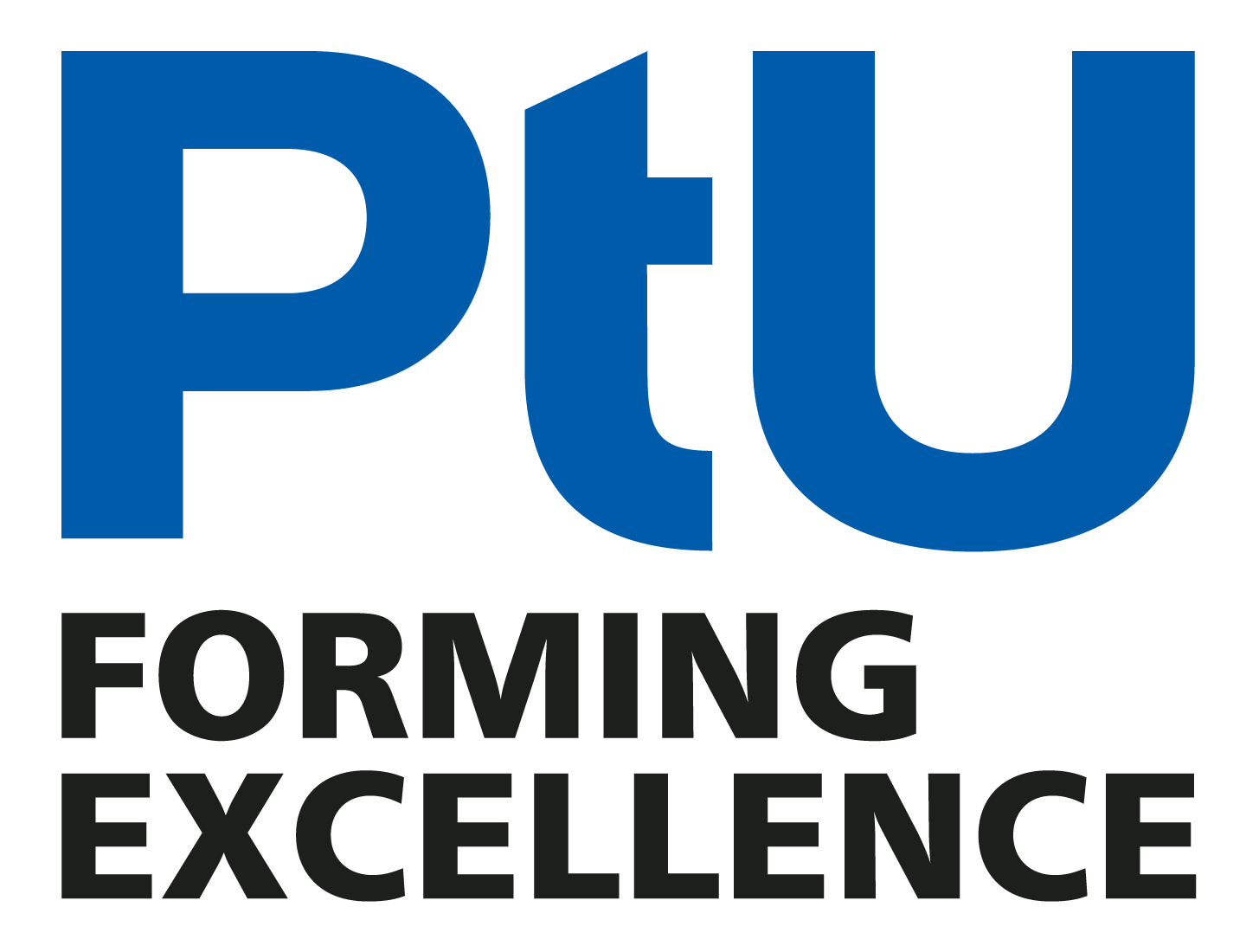Stringer Sheets – Tailored Stringer Sheet Forming
Stringer sheet forming as an innovative lightweight construction strategy is already well researched on the process side and is being successfully implemented industrially. In the present project, the relationships between process and semi-finished product parameters on the one hand and product properties on the other are to be demonstrated in order to be able to adjust the latter purposefully. The intended result of the project is a guideline for the industrial implementation of the so-called tailored stringer sheets.
Coordinator: Simon Biffar M. Sc.
Duration: March 2021 – February 2024
Funded by: AiF/FOSTA
Motivation
Due to continuously increasing requirements regarding lightweight construction and crash safety, the automotive industry is constantly facing new challenges. These can be met by innovative technologies and new developments. At the Institute of Production Engineering and Forming Machines (PtU) at TU Darmstadt, the feasibility of stringer sheet forming to solve these challenges has been developed in recent years. In this novel process chain, a flat sheet is provided with stiffening stringers by laser welding and then formed into the desired geometry. The technology enables stiffness increases of more than 43 times and can be used very flexibly, which opens up enormous potential, for example in car body construction. On the process side, stringer sheet forming has already been well investigated, and industrial implementation has been demonstrated. The project now aims to exploit the stringer sheet design to adapt the product properties analogously to tailored blanks. The flexibility in the design of process and product is to be used to tailor product parameters such as specific crash or vibration behavior.


Approach
The planned path to a solution is shown in Figure 1. First, the modification possibilities in the forming process and in the semi-finished product and their effect on the stringer sheet product are to be determined by means of a comprehensive experimental investigation. Industrially usable numerical models that represent the process/product characteristics will be developed and applied to a prototype crash component in an example development process. This customized stringer sheet component will be produced and characterized in load tests to validate the design models. An important goal of the project is to produce a guide for the industrial use of web sheet metal design by SMEs. In this way, design models and design limits will also be recorded for cross-industry solutions. The work is being carried out in close cooperation between the research center and participating companies from the entire process chain of car body construction.
Acknowledgement
The investigations presented in this contribution were carried out as part of the research project IGF-21721 N “Tailored Stringer Sheet Forming”. The authors would like to thank the German Federation of Industrial Research Associations (AiF) and the German Federal Ministry for Economic Affairs and Climate Action (BMWK) for funding the IGF 21721 N project. Furthermore, we would like to thank all industrial partners who support the research project “Tailored Stringer Sheet Forming” in the project advisory committee.
Funded by
Network
Project Partners


